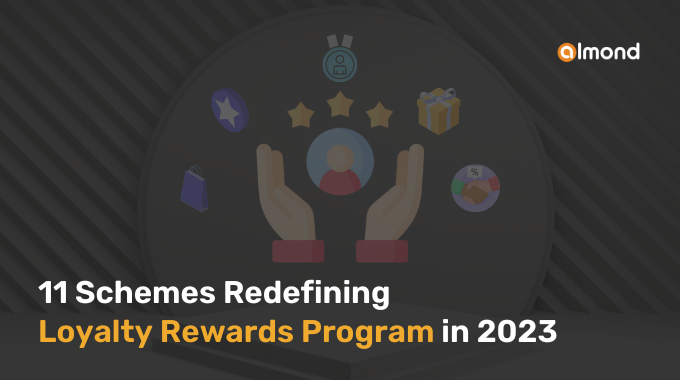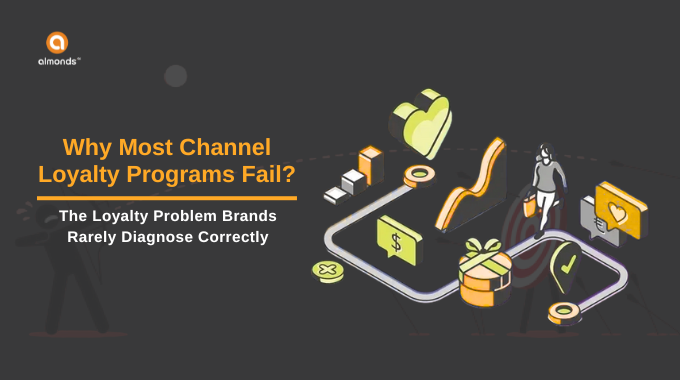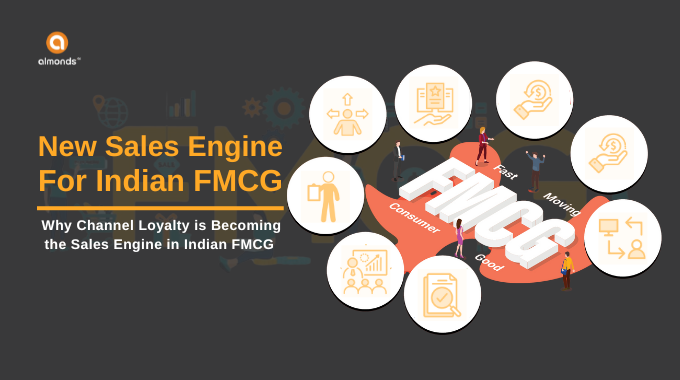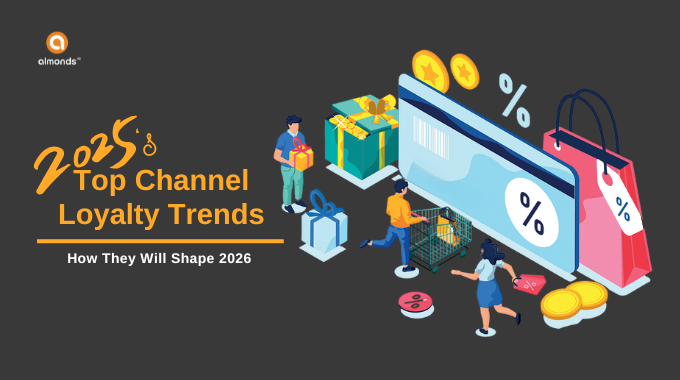In today’s competitive business environment, brands are looking for innovative ways to channel partner motivation and increase the reach of their bottom line. The loyalty rewards program is the most important step for that. It is the best tool for brands and suppliers looking to incentivize and reward their channel partners for outstanding performance. These programs are also effective tools for embracing productive behavior.
Loyalty programs can range from simple rebates to more complex sales performance incentive funds (SPIFs) and market development funds (MDFs).
This blog will explore the top 11 loyalty rewards program ideas for 2023 that can help boost channel partner engagement, loyalty, and sales.
- Rebates
This approach encourages distributors to focus on selling the promoted products, which can ultimately lead to increased revenue for both the distributor and the brand. - Sales Performance Incentive Funds (SPIFs)
SPIFs are another popular element of an incentive program that can be used to motivate distributors to achieve specific sales goals. They are typically offered for a limited time and are designed to incentivize distributors to sell a particular product or product line.
By offering bonuses or commissions for achieving specific targets, manufacturers can encourage them to focus their efforts on the most profitable and strategic product lines. - Market Development Funds (MDF)
MDFs are funds that are provided by brands to channel partners to help cover the cost of marketing and advertising their products. MDF can be used to promote a particular product or product line or to support b2b channel marketing initiatives.
Brands can help ensure that their products are marketed effectively and that their brand is well-represented in the marketplace just by providing MDFs.
- Deal Registration Incentives
These incentives are a way to motivate distributors to bring in new customers or clients. Brands can offer bonuses or commissions to those who register new accounts or customers within a specific time frame. This approach encourages them to actively seek new business opportunities, which can help expand the brand’s customer base and increase overall sales. - Discounts on Wholesale Products
It is another effective way to incentivize distributors to purchase and sell more products. By offering discounts on high-volume purchases, manufacturers and suppliers can encourage them to stock up on products and increase their sales volume.
This approach benefits both parties, as they can purchase products at a lower cost, while the brands benefit from increased sales volume. - Cross Marketing
It is a strategy that involves partnering with other companies to promote complementary products or services. By cross-marketing with other companies, brands can expand their reach and tap into new customer bases.
This approach can be particularly effective for smaller companies looking to expand their customer base without investing heavily in marketing and advertising. - Availability of Sales and Marketing Material
To effectively promote their products, manufacturers need to ensure that their distributors have access to high-quality sales and marketing materials. It can include product brochures, technical specifications, and product images.
These tools can effectively promote products. In this way, manufacturers can help ensure their products are well-represented in the marketplace. - Upsell Meaningful Connections
Upselling is encouraging customers to purchase additional products or services and incentivizing distributors to upsell to their customers; brands can increase their revenue and build stronger relationships with their customers.
It can be particularly effective for brands looking to promote new or complementary products to existing customers. - Omnichannel Communication
Effective communication is the foundation for a successful brand loyalty program. Suppliers need to communicate the rules and expectations of their incentive program, as well as the available rewards and incentives.
They also need to be responsive to the channel partner’s feedback and concerns and be willing to change the program based on feedback. Omnichannel communication ensures they are engaged and motivated to achieve their sales goals. - Explain Loyalty Rewards Programs
It’s important to explain the rewards and incentives that are available clearly to motivate distributors to participate in a loyalty program. Manufacturers should provide detailed information about the types of rewards that are available, how they can be earned, and any terms and conditions that apply.
With the help of simple and clear information, channel partners can make informed decisions about how to participate in the program and maximize their rewards. - Quality Before Quantity
Finally, it’s important to emphasize quality over quantity when it comes to b2b loyalty programs. While it can be tempting to focus on achieving the highest possible sales volume, it’s important to prioritize quality and customer satisfaction. Brands prioritizing quality and customer satisfaction are more likely to build long-term relationships with their customers and achieve sustainable sales growth over time.
While wrapping up the blog, loyalty rewards programs are an essential tool for brands looking to incentivize and reward their distributors for outstanding performance. It’s important to provide them with quality products to make these programs successful.
By following mentioned tips, brands can build strong and lasting relationships with their channel partners and achieve long-term success.







